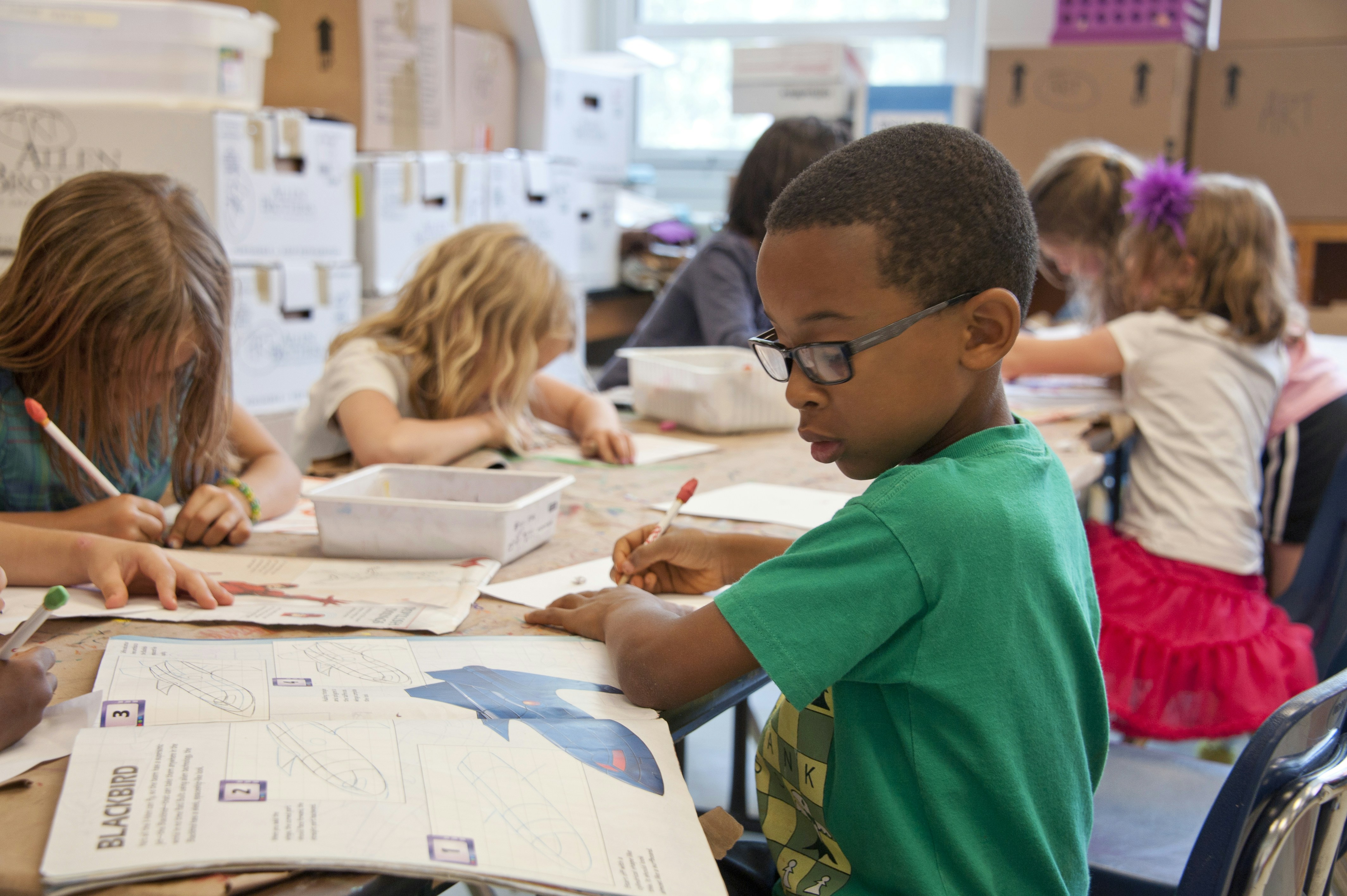Teaching Children About Respect and Responsibility | Fun & Educational Methods
Teaching Children About Respect and Responsibility

Teaching children about respect and responsibility is crucial for their emotional and social development. These values help kids build healthy relationships, succeed in school, and grow into empathetic adults. In this guide, we’ll explore fun, story-based methods to instill these virtues in young minds.
Why Respect and Responsibility Matter
Children who learn respect and responsibility early are more likely to:
- Develop strong friendships and teamwork skills.
- Show empathy toward others.
- Become self-disciplined and confident.
The Role of Stories in Teaching Values
Children stories and fairy tales are powerful tools for illustrating moral lessons. Classics like The Tortoise and the Hare (a fable) teach perseverance, while modern picture books can address kindness and accountability.

How to Teach Respect Through Stories
1. Choose the Right Moral Stories
Pick bedtime stories with clear themes, such as:
- Animal stories like The Lion and the Mouse (showing kindness).
- Fantasy stories with heroes who demonstrate respect (e.g., Harry Potter’s Hagrid).
2. Interactive Storytelling
Ask questions during storytime: "How would you feel if someone treated you this way?" This encourages critical thinking.

Fostering Responsibility in Daily Life
1. Assign Age-Appropriate Tasks
Start small: tidying toys (toddler stories can reinforce this) or feeding a pet (animal stories work well here).
2. Use Educational Stories as Examples
Books like The Berenstain Bears and the Messy Room teach accountability through illustrated books.

Top 5 Story Genres to Teach Values
- Fables (short, moral-driven tales)
- Adventure stories (teamwork and courage)
- Nursery rhymes (simple lessons in rhythm)
- Heartwarming tales (empathy-focused)
- Interactive stories (choose-your-own-ending books)

Conclusion: Stories Shape Character
Through classic tales, imaginative stories, and everyday conversations, children learn to navigate the world with respect and responsibility. Start with a story tonight!
Call to Action
Explore our collection of magical bedtime stories designed to teach life lessons in a fun way!
Related Articles
- 10 Best Picture Books to Teach Kindness
- How Fantasy Stories Boost Creativity in Kids
- The Power of Animal Stories for Early Readers